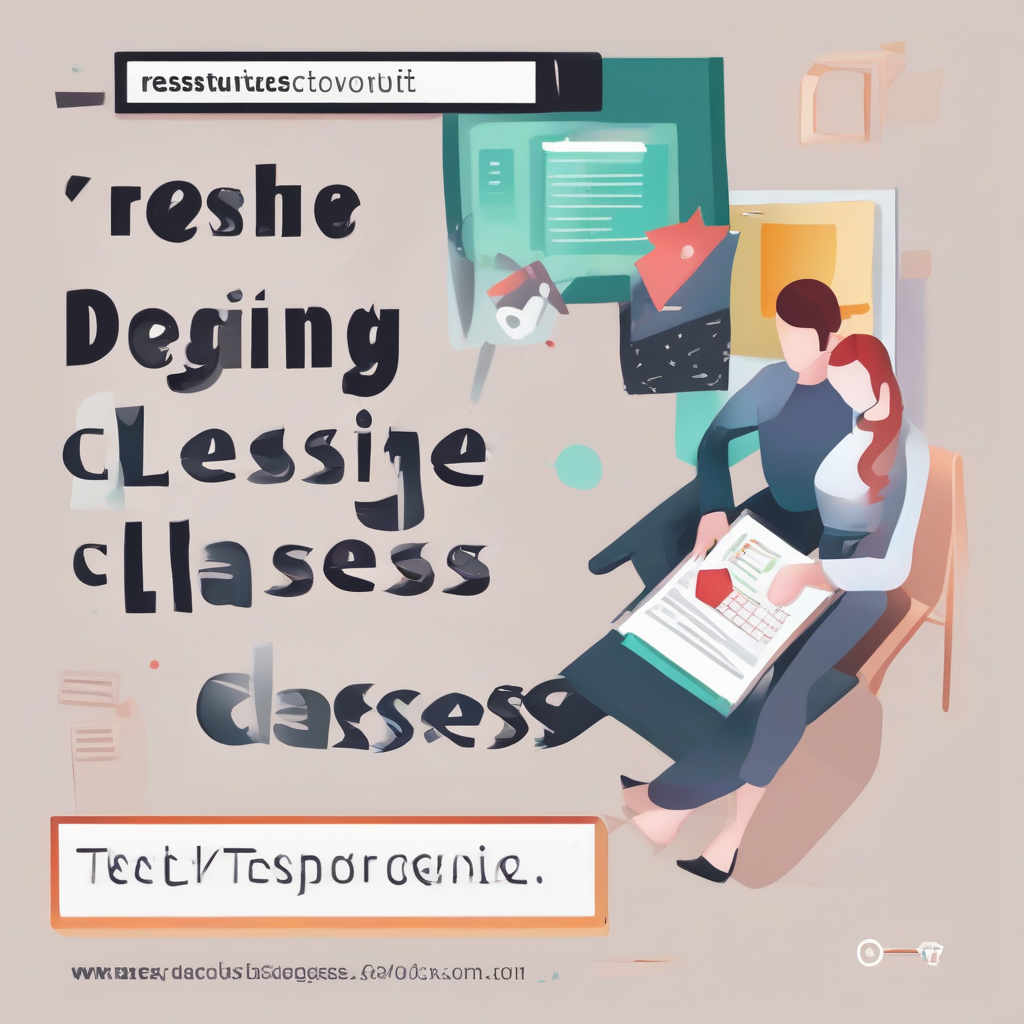Unlock Your Creative Potential: A Comprehensive Guide to Online Graphic Design Classes
The digital age has revolutionized learning, making education more accessible and flexible than ever before. For aspiring graphic designers, this means a wealth of online courses are available, catering to all skill levels, from absolute beginners to seasoned professionals looking to upskill. This comprehensive guide delves into the world of online graphic design classes, exploring the benefits, different learning platforms, course types, and crucial factors to consider when choosing the right program for your needs.
The Advantages of Online Graphic Design Classes
- Flexibility and Convenience: Learn at your own pace, anytime, anywhere. This is ideal for individuals with busy schedules, family commitments, or geographical limitations.
- Affordability: Online courses often come at a lower cost than traditional in-person classes, eliminating expenses like commuting and accommodation.
- Variety of Courses: Access a vast range of courses specializing in different areas of graphic design, from logo design and branding to web design and animation.
- Self-Paced Learning: Master concepts at your own speed, revisiting challenging topics as needed, without feeling pressured by a classroom setting.
- Access to Resources: Many online courses provide access to downloadable resources, templates, and software tutorials, enhancing the learning experience.
- Global Community: Connect with fellow students and instructors from around the world, fostering collaboration and networking opportunities.
- Portfolio Building: Many courses incorporate projects that allow you to build a portfolio showcasing your skills to potential employers.
Choosing the Right Online Platform
Numerous platforms offer online graphic design courses, each with its strengths and weaknesses. Consider factors such as course quality, instructor credentials, student reviews, and the overall learning experience.
- MOOC Platforms (Massive Open Online Courses): Platforms like Coursera, edX, and FutureLearn offer a vast selection of graphic design courses, often from reputable universities and institutions. These courses frequently provide structured learning paths and certificates upon completion.
- Specialized Online Schools: Platforms like Skillshare, Udemy, and Domestika focus specifically on creative skills, offering a wide array of graphic design courses taught by industry professionals. These courses are often more project-based and less academically rigorous.
- Individual Instructors and Websites: Many experienced graphic designers offer their own online courses through their websites or platforms like Teachable. This can provide a more personalized learning experience, but it’s crucial to carefully vet the instructor’s credentials and student reviews.
Types of Graphic Design Courses
The world of graphic design is diverse, and online courses reflect this variety. Different courses focus on specific areas, catering to various interests and career goals.
- Fundamentals of Graphic Design: These introductory courses cover core principles like typography, color theory, layout, and visual communication. They provide a strong foundation for beginners.
- Logo Design: These specialized courses focus on creating effective and memorable logos, encompassing branding strategies and design techniques specific to logo creation.
- Branding and Identity Design: These courses delve into creating a cohesive brand identity, encompassing logo design, color palettes, typography, and brand guidelines.
- Web Design: These courses cover the design and layout of websites, including user experience (UX) and user interface (UI) design principles.
- UI/UX Design: These courses focus specifically on user experience and user interface design, encompassing research, wireframing, prototyping, and usability testing.
- Illustration and Digital Painting: These courses explore various digital art techniques using software like Adobe Photoshop and Illustrator.
- Motion Graphics and Animation: These courses teach the principles of animation and motion graphics, utilizing software like Adobe After Effects.
- Typography: These courses delve deeply into the art and science of typography, covering various typefaces, kerning, leading, and typographic principles.
- Adobe Creative Suite Mastery: Many courses focus on mastering specific Adobe software like Photoshop, Illustrator, InDesign, and After Effects.
Factors to Consider When Choosing a Course
Choosing the right online graphic design class requires careful consideration of several factors to ensure a successful and rewarding learning experience.
- Course Content and Curriculum: Examine the course syllabus carefully to ensure it covers the specific topics you wish to learn. Look for a well-structured curriculum that progresses logically.
- Instructor Qualifications and Experience: Verify the instructor’s credentials and experience in the field of graphic design. Look for instructors with a strong portfolio and proven teaching abilities.
- Student Reviews and Testimonials: Read reviews and testimonials from past students to gauge the quality of the course and the instructor’s teaching style. Pay attention to feedback regarding course content, instructor responsiveness, and overall learning experience.
- Course Format and Delivery: Consider whether you prefer video lectures, interactive exercises, or a combination of both. Check if the course offers sufficient support and feedback mechanisms.
- Software Requirements and Access: Ensure you have access to the necessary software and hardware required for the course. Some courses may provide software access, while others require you to purchase licenses independently.
- Course Duration and Pace: Choose a course duration that fits your schedule and learning style. Consider whether you prefer a self-paced course or a course with set deadlines.
- Certification or Accreditation: Determine whether the course offers a certificate of completion. While not always essential, a certificate can add credibility to your skills and qualifications.
- Community and Support: Check if the course offers opportunities for interaction with fellow students and the instructor. A supportive learning community can enhance the overall learning experience.
- Cost and Value: Compare the cost of different courses and assess their value in relation to the content, quality, and learning outcomes. Consider whether the course provides adequate return on investment in terms of skill development and career advancement.
- Career Relevance: Ensure the course content aligns with your career goals and aspirations. Consider whether the skills you’ll gain are relevant to the graphic design jobs you’re interested in pursuing.
Building Your Graphic Design Portfolio
A strong portfolio is crucial for showcasing your skills and landing graphic design jobs. Online graphic design courses often incorporate projects designed to help you build your portfolio. Remember to showcase your best work, highlighting your design process and creative problem-solving abilities.
- Diversify Your Projects: Include a variety of projects to demonstrate your versatility in different design areas.
- Highlight Your Process: Show the steps you took to arrive at your final designs, demonstrating your problem-solving skills.
- Use High-Quality Images: Ensure your portfolio images are high-resolution and professionally presented.
- Present Your Work Professionally: Use a clean, well-organized portfolio format that is easy to navigate.
- Regularly Update Your Portfolio: Keep your portfolio current by adding new projects and refining existing ones.
Beyond the Classroom: Continuous Learning and Networking
The field of graphic design is constantly evolving. Continuous learning is essential to stay current with new trends and technologies. Engage in ongoing learning through online resources, industry blogs, and attending online and in-person events to expand your knowledge and network with other professionals.



